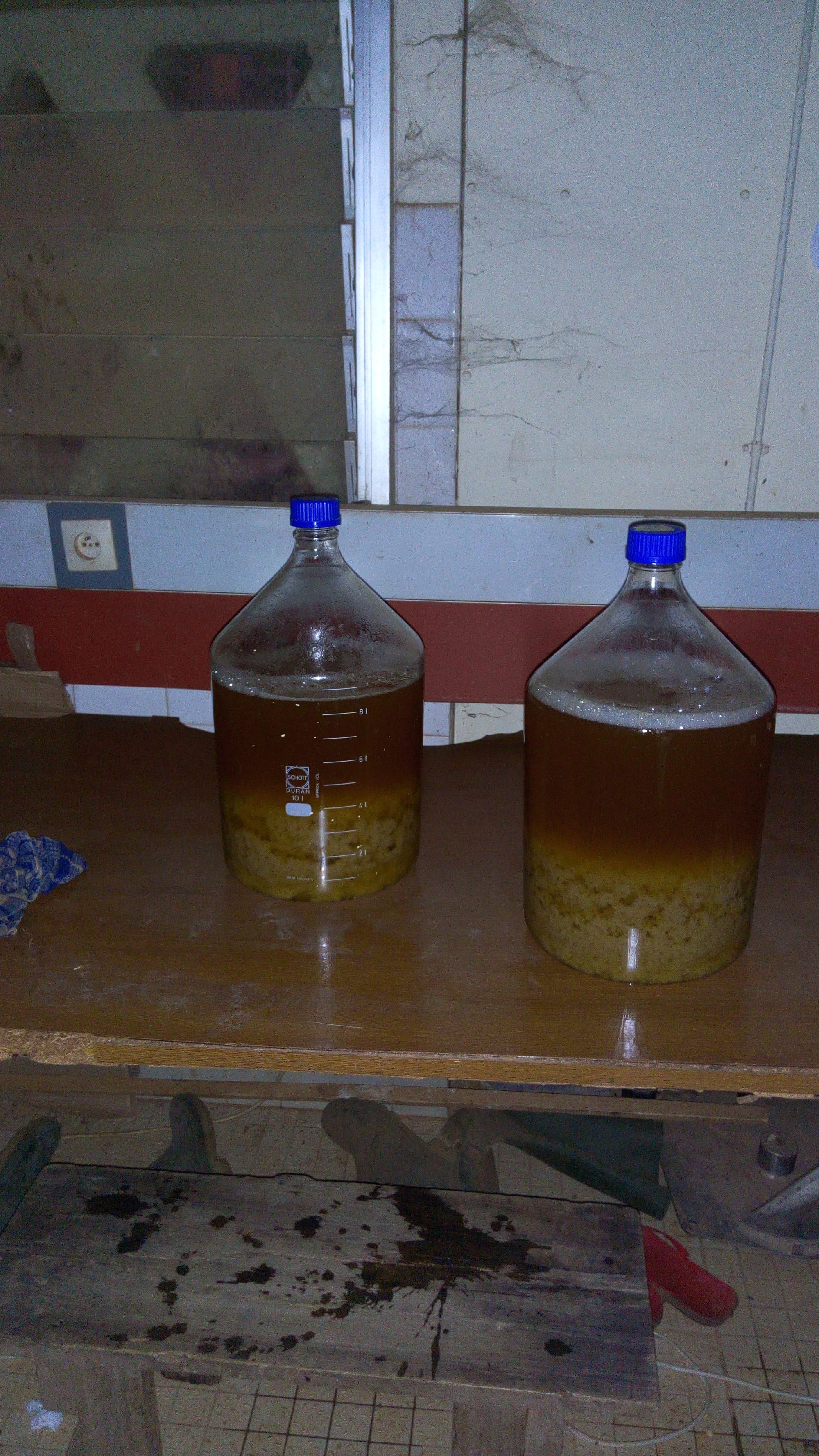Optimisation of the Action of Commercial Mashing Enzymes on Wort Extracts and Free Amino Nitrogen of the Safrari Sorghum Cultivar (2011)

Abstract: The influence of three commercial mashing enzymes (Hitempase 2XL, Bioglucanase TX and Brewers Protease) used as sole mashing enzymes on yields of extract and free amino nitrogen (FAN) of the worts of the mashes of unmalted and malted Safrari sorghum was studied using the response surface methodology. The study revealed that increasing amounts of Hitempase considerably increased yields of extract during mashing of unmalted Safrari grist, while the effect of Bioglucanase was smaller, and that of Brewers Protease was insignificant. Extract yields decreased with increasing amounts of the three enzymes during the mashing of malted Safrari. This decrease was least expressed in the case of Brewers Protease. Yields in FAN amounted to less than 50 %, with increasing amounts of both Hitempase and Brewers Protease, but constantly decreased to nil for Bioglucanase’s action in both unmalted and malted Safrari mashes. The milling operation singularly liberated more than 50 % of FAN for both mash types and for each of the enzymes. Optimisation of the concerted actions of the three enzymes for extract yields gave a combination of 2,098.5 U, 937.5 BGU and 0 mg (for Hitempase, Bioglucanase and Brewers Protease, respectively) for unmalted Safrari sorghum mash. This gave a maximal extract yield of 18°P. The combination was 0 U, 28.68 BGU and 0 mg for malted Safrari sorghum mash, giving a maximal extract yield of 18.82°P. Optimisation for FAN gave a combination of 2,434.5 U, 0 BGU and 100 mg (for Hitempase, Bioglucanase and Brewers Protease, respectively) for unmalted Safrari sorghum mash. This gave maximal FAN of 144.77 mg/L. The combination was 2,191.5 U, 0 BGU and 100 mg for malted Safrari sorghum mash, giving a maximal FAN of 196.73 mg/L.


